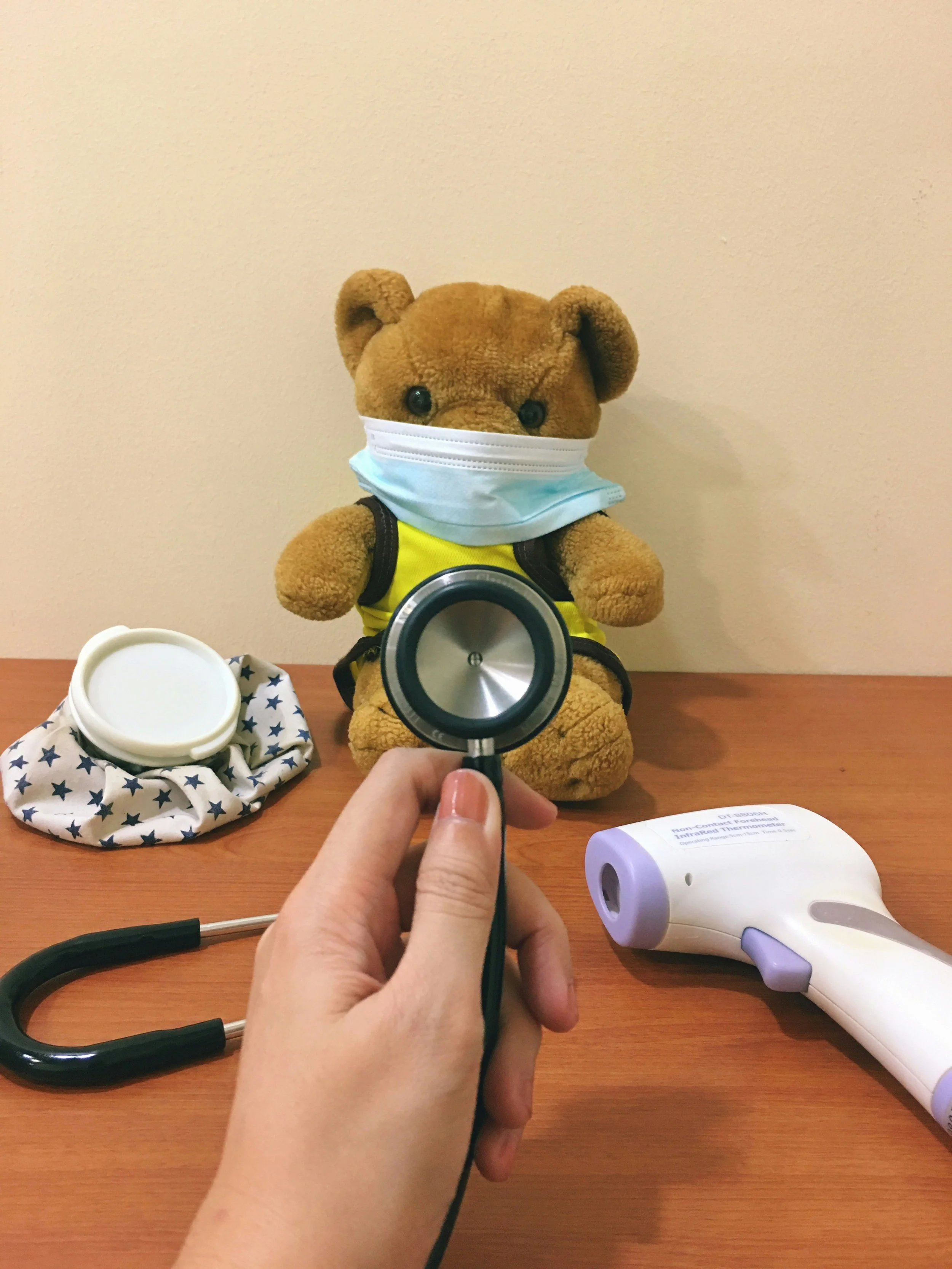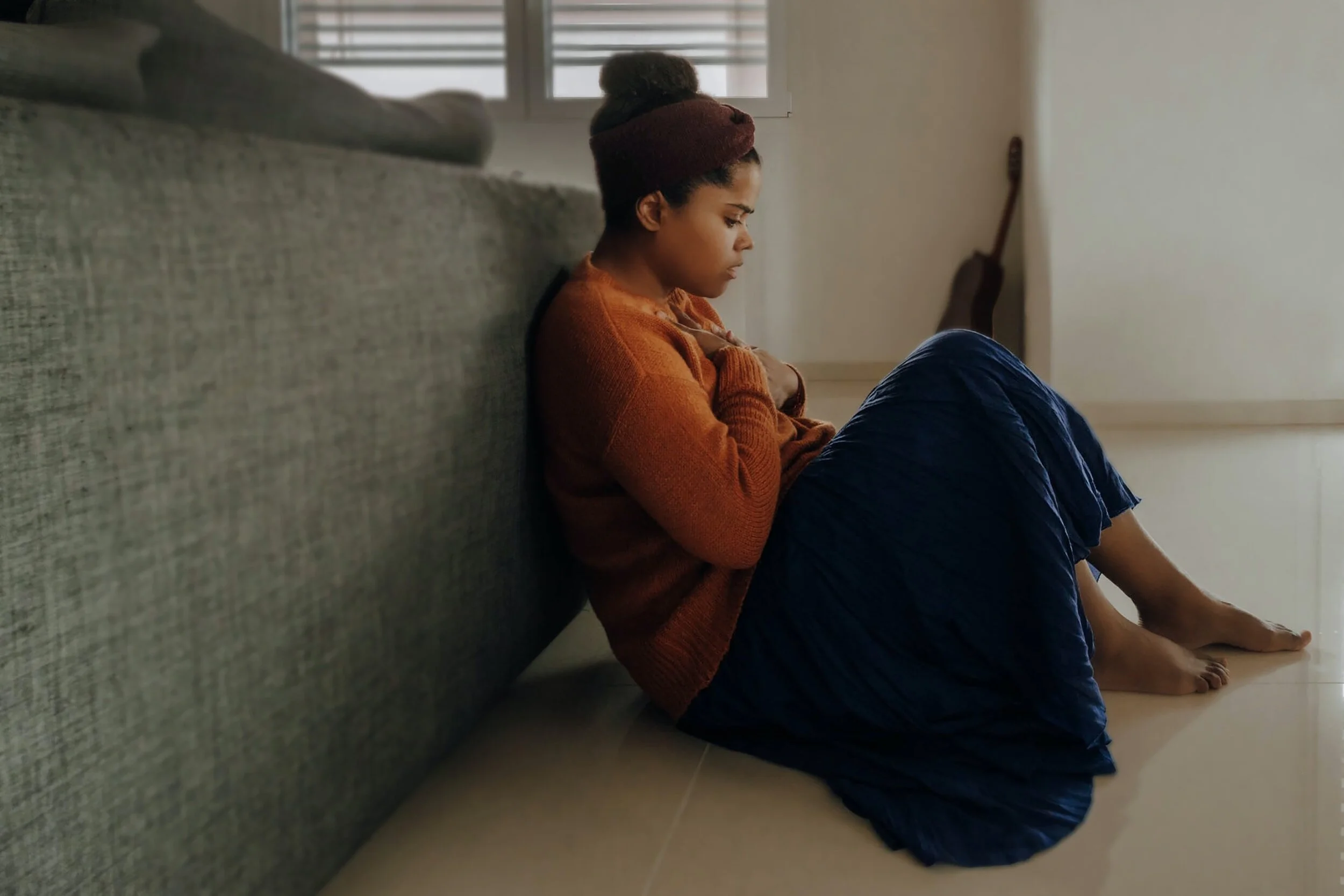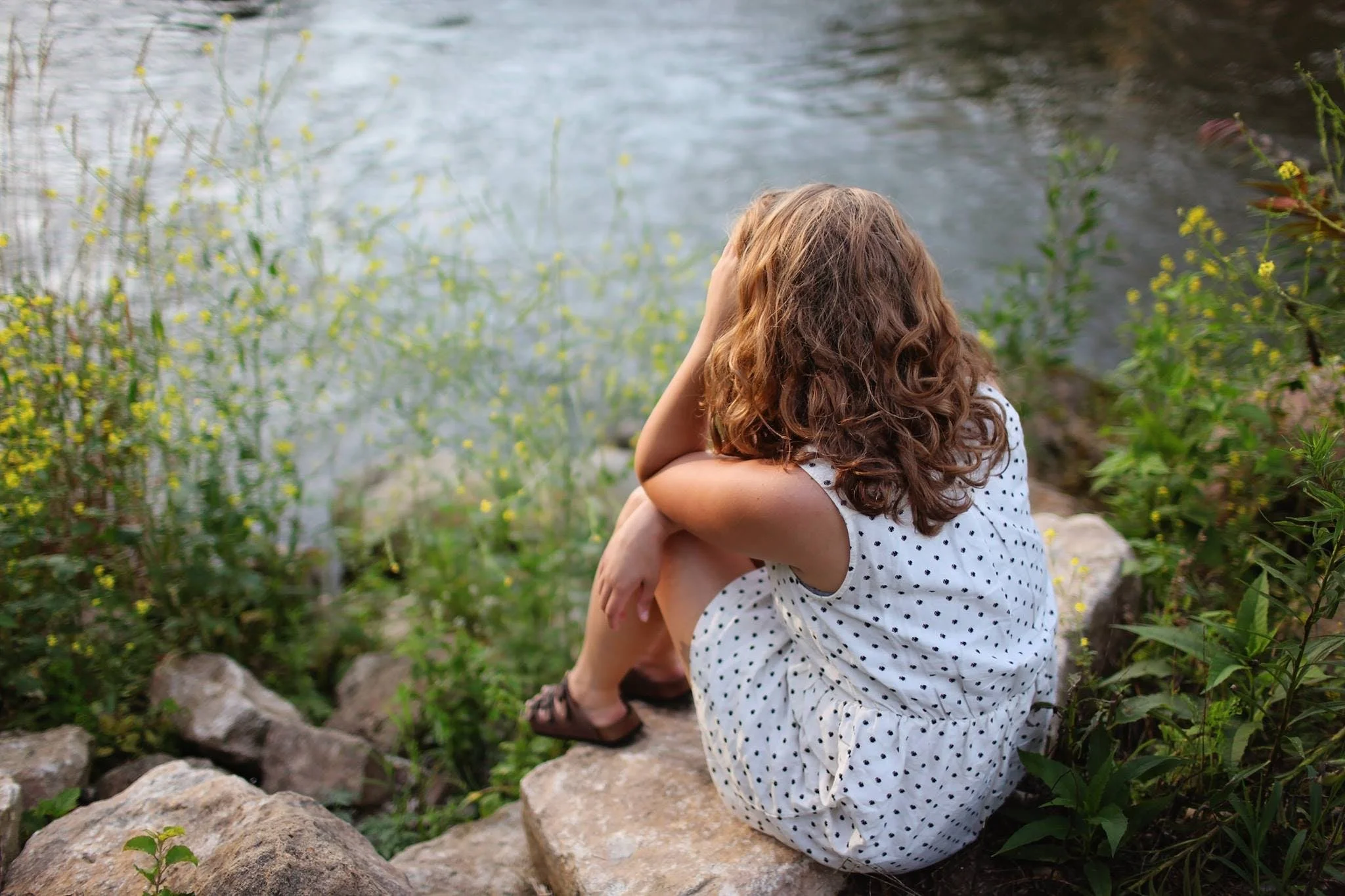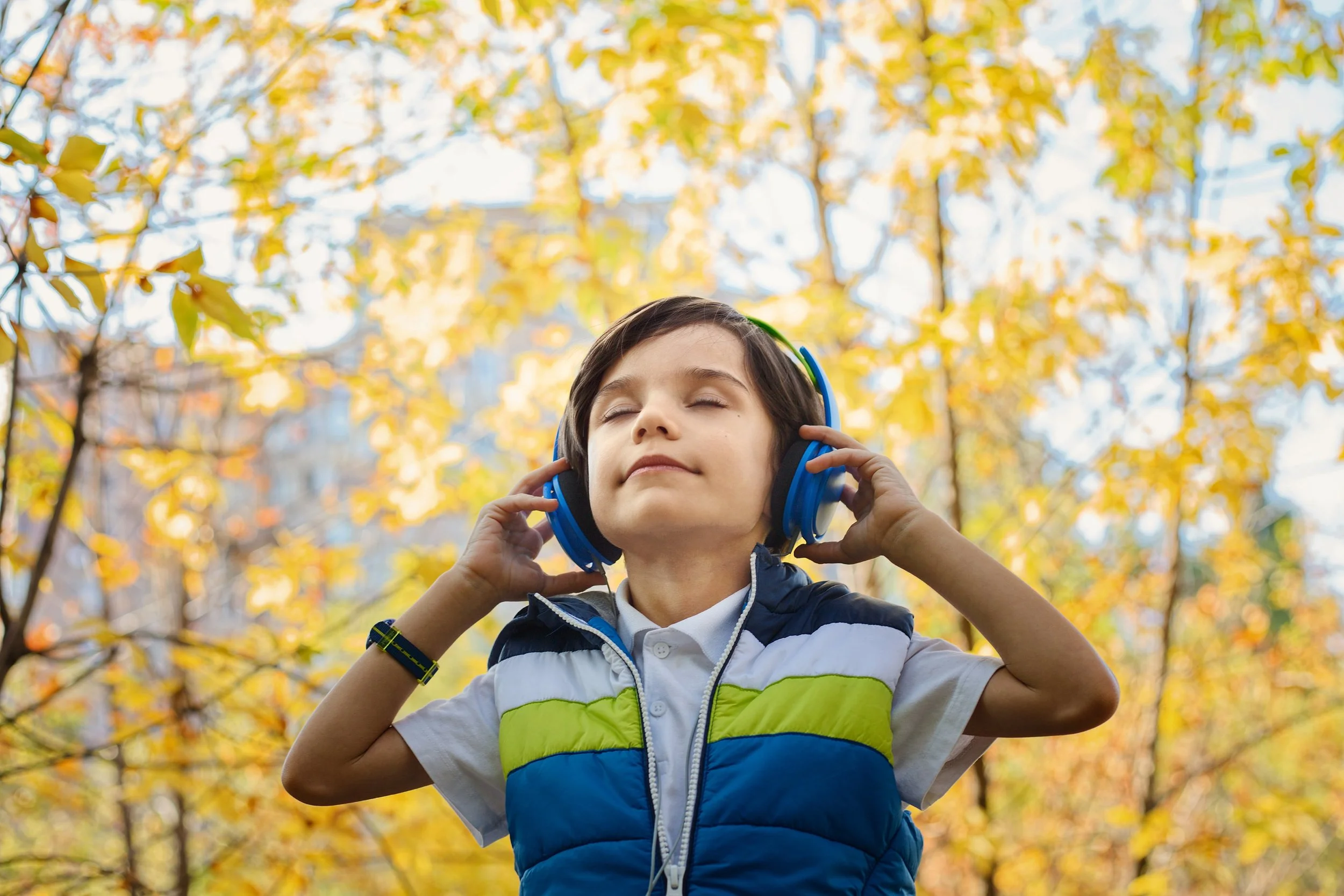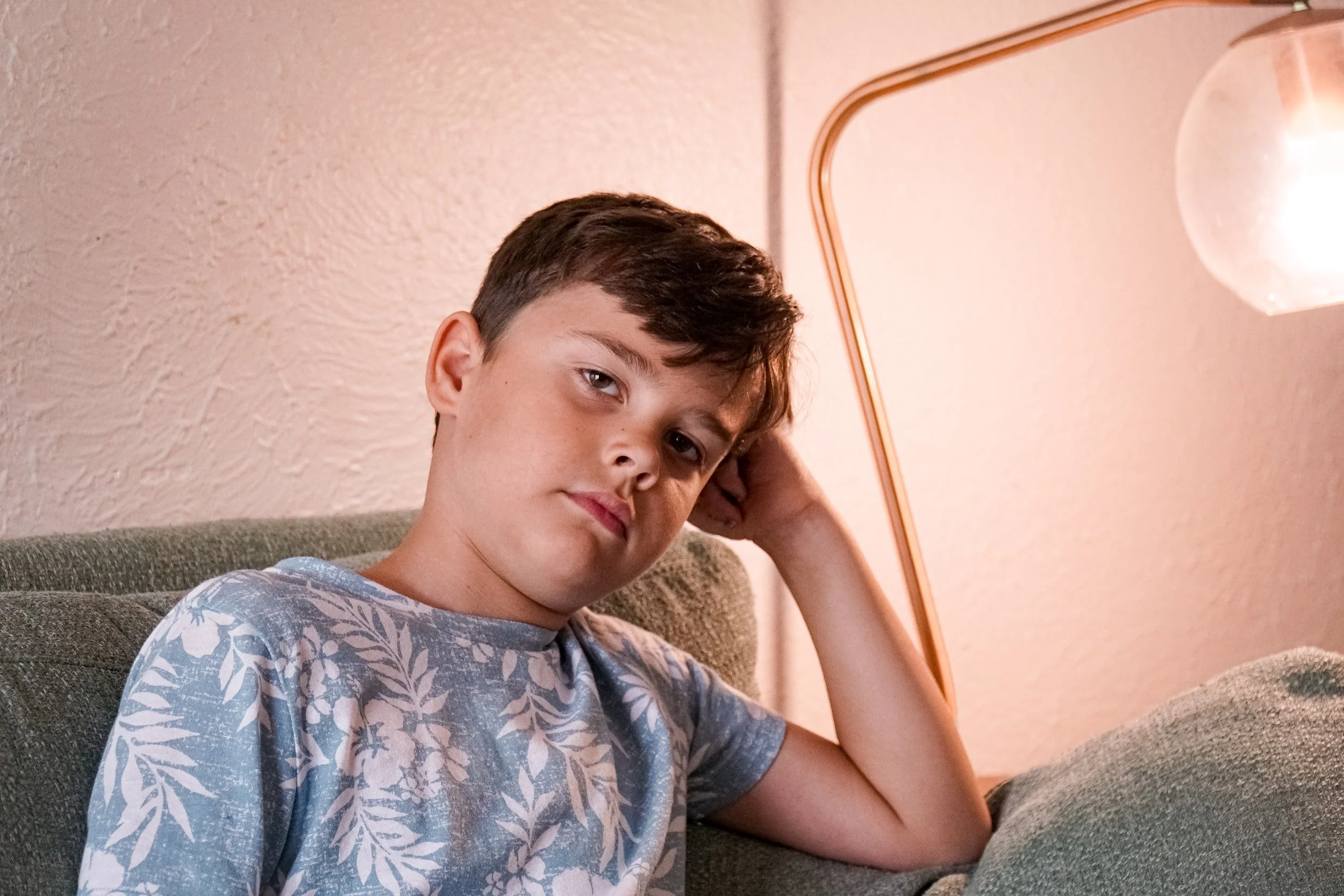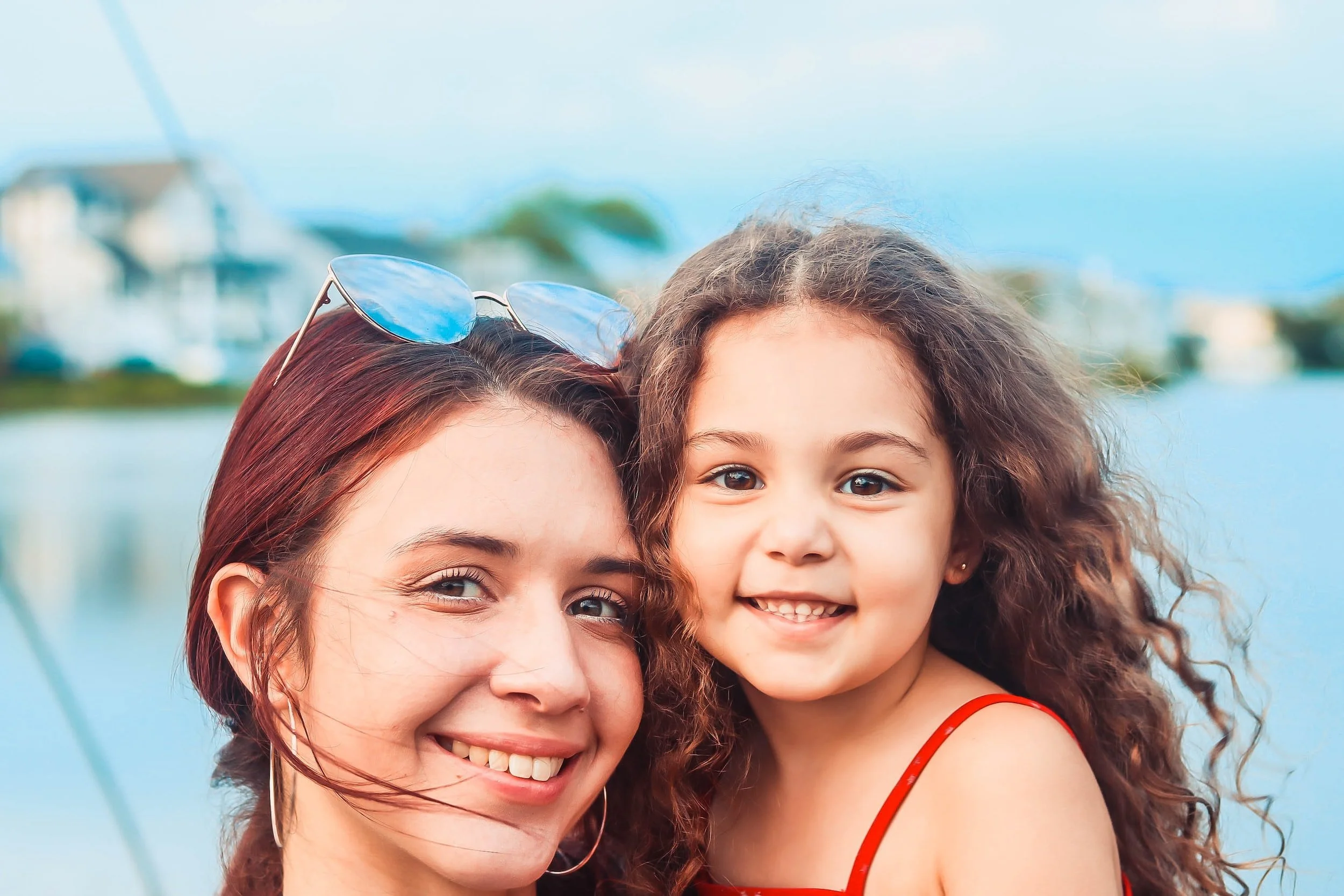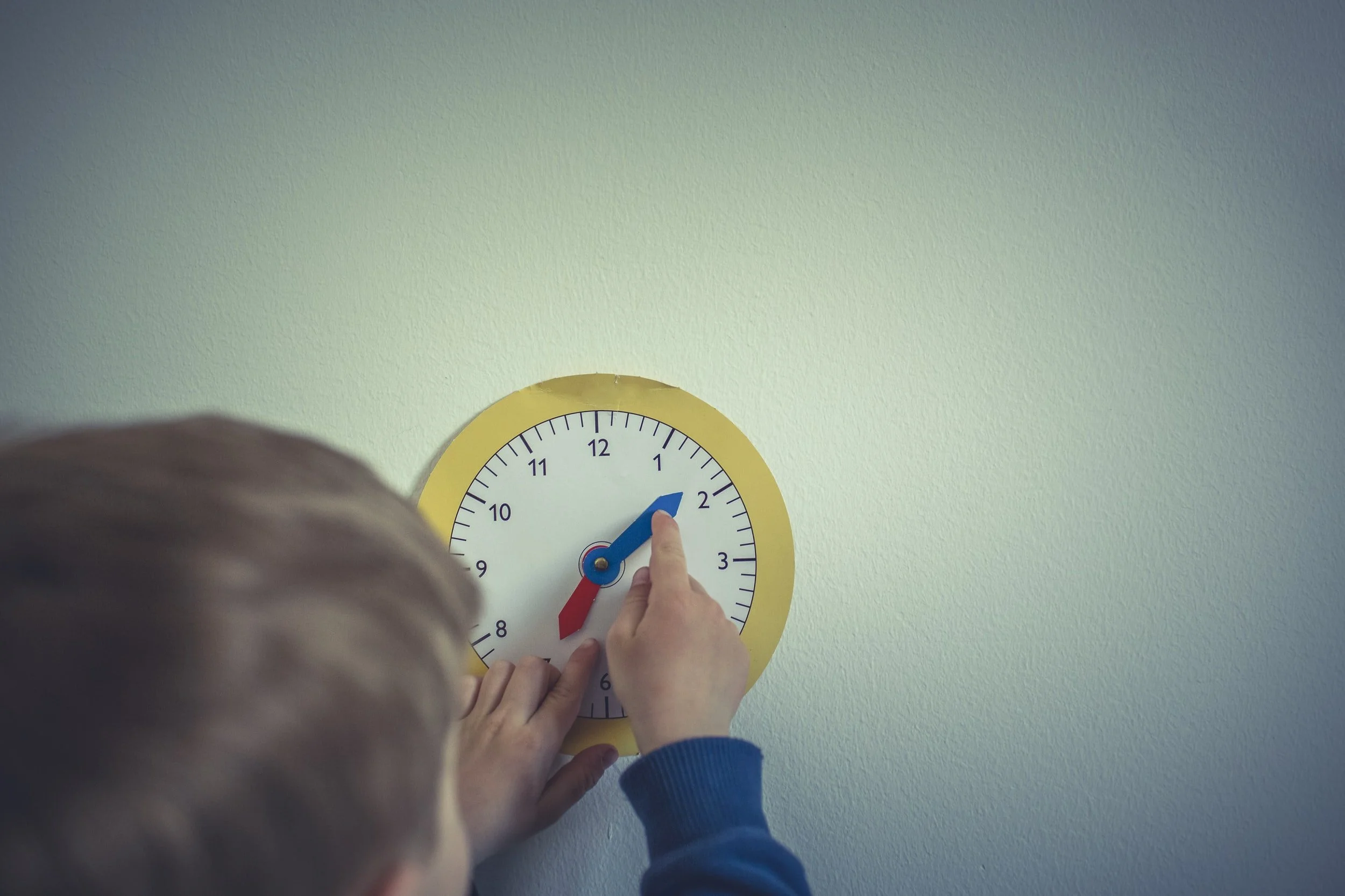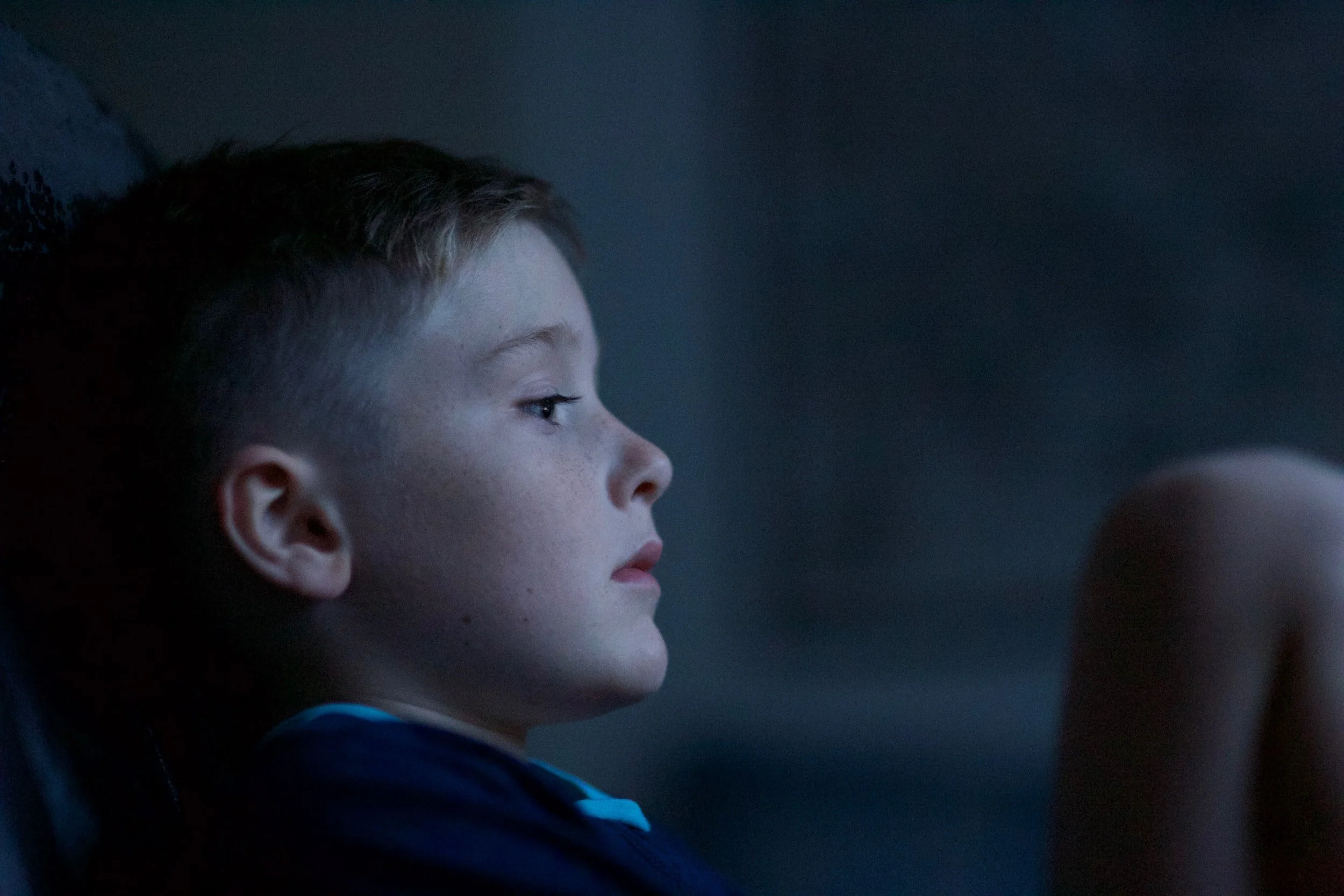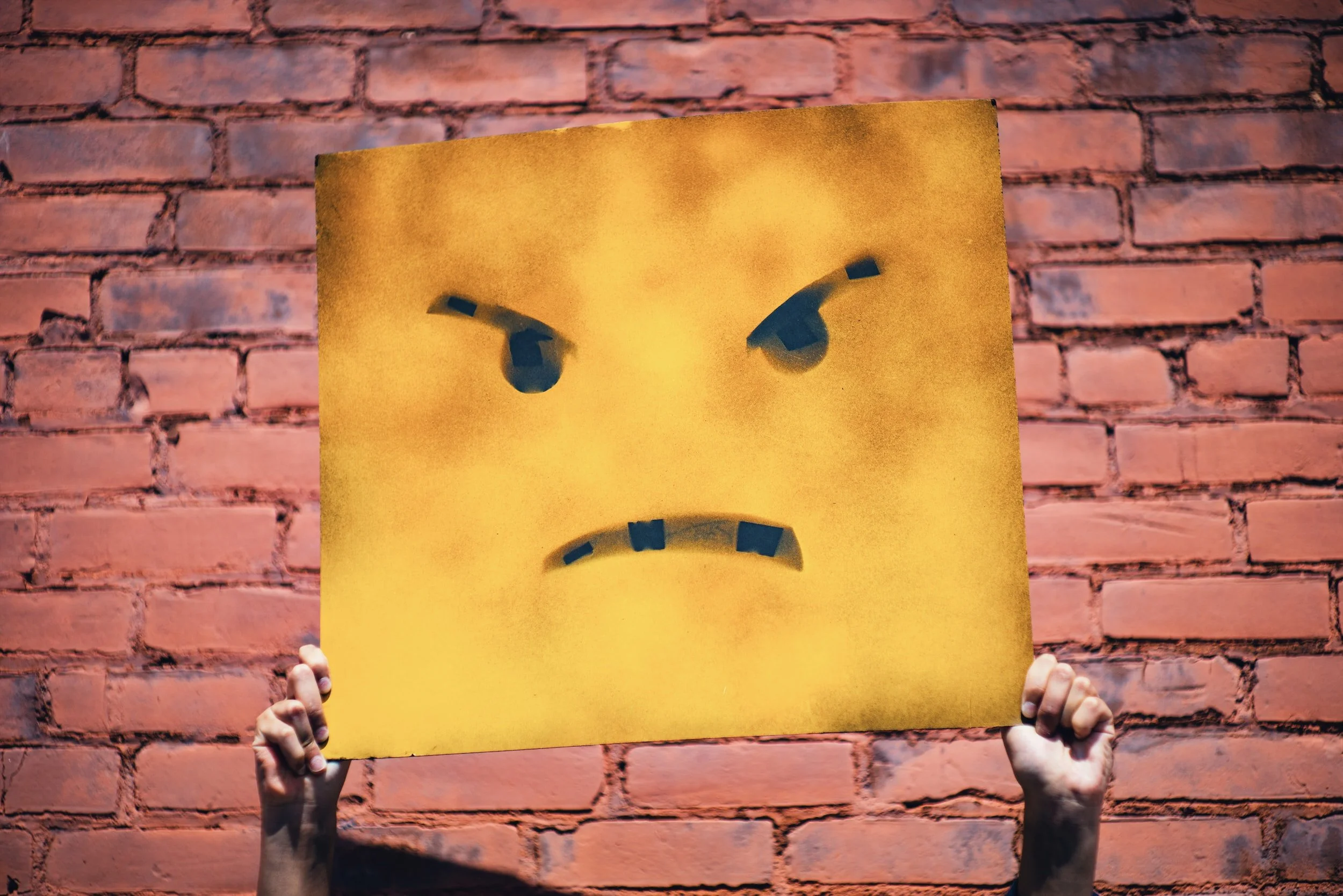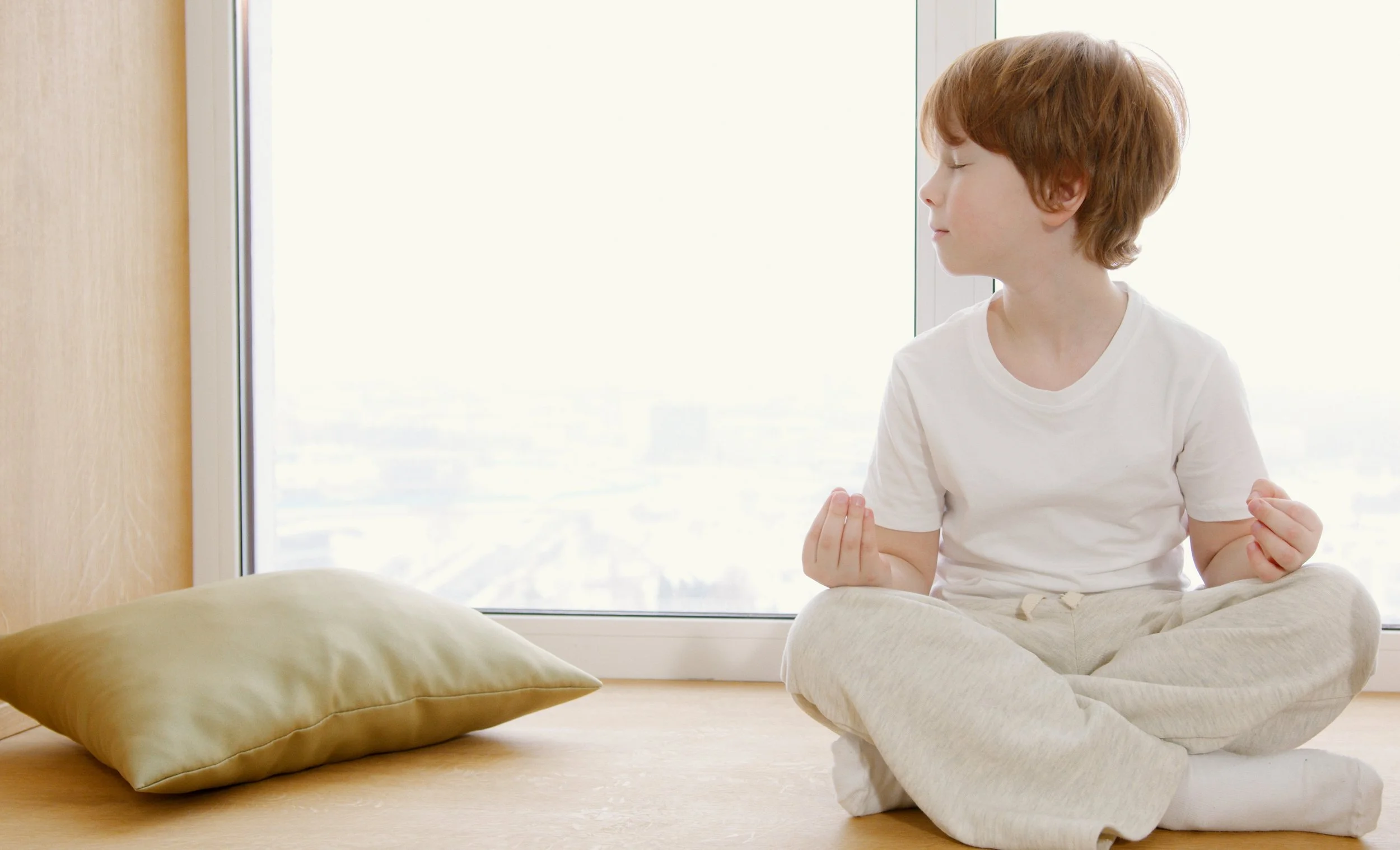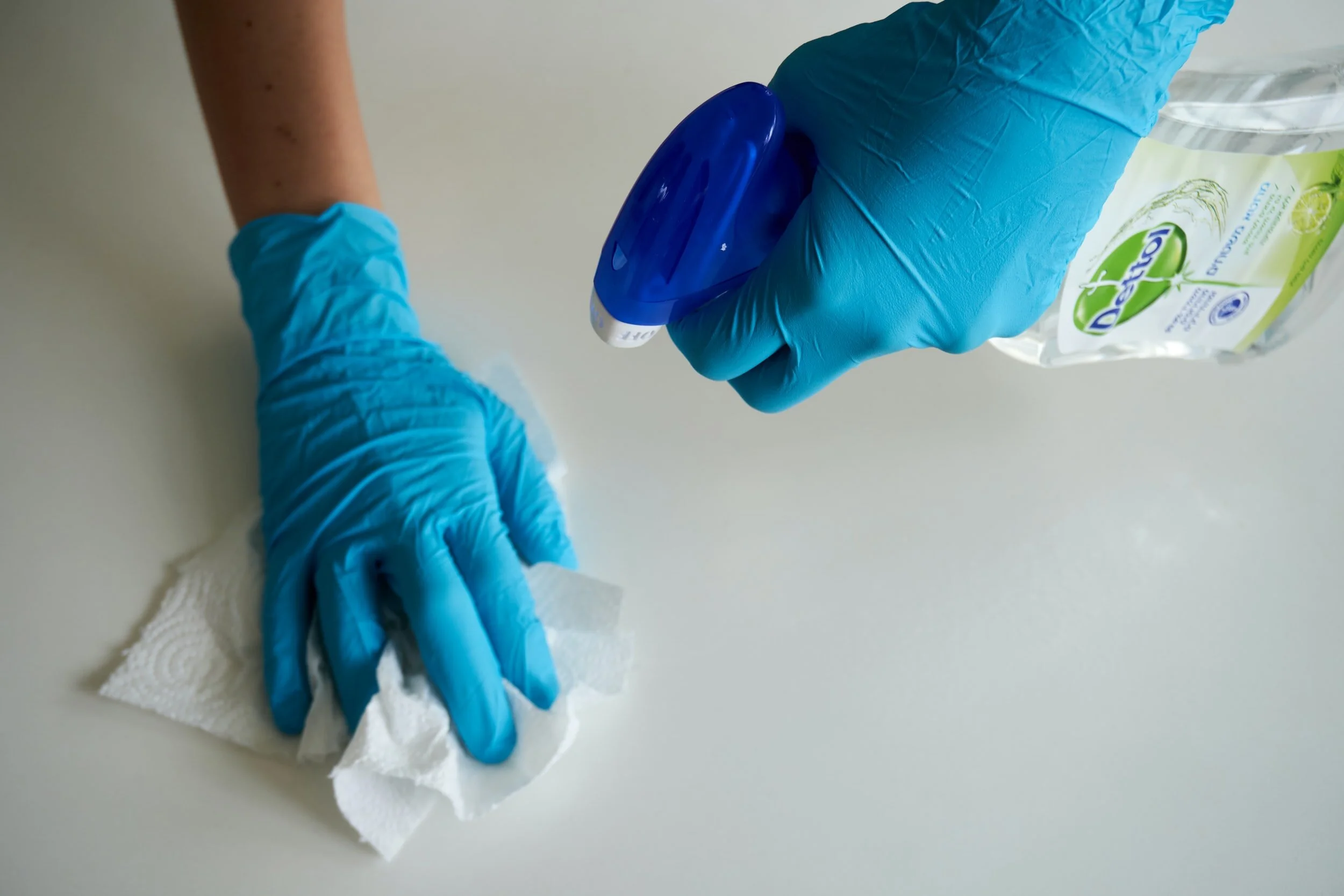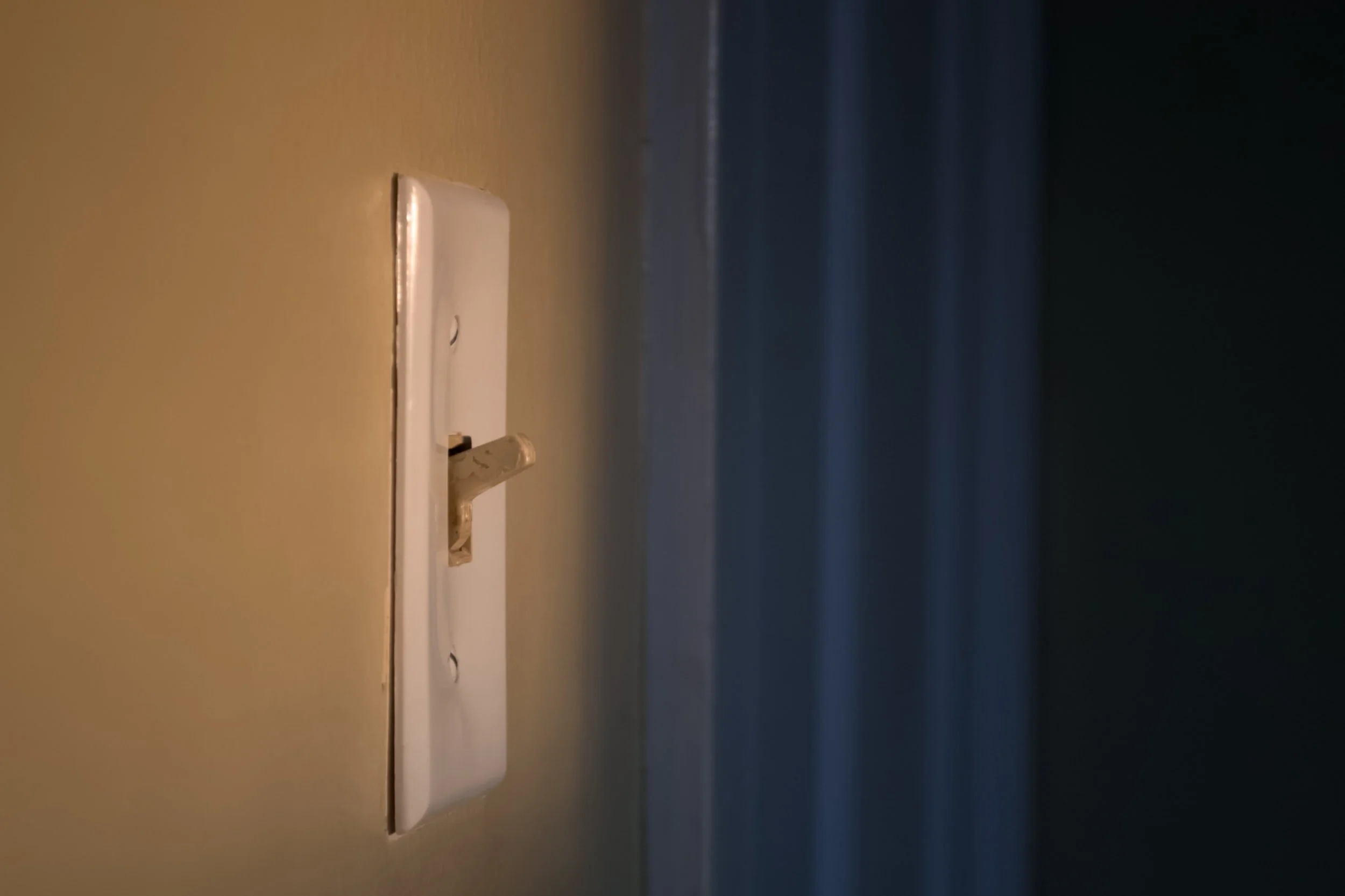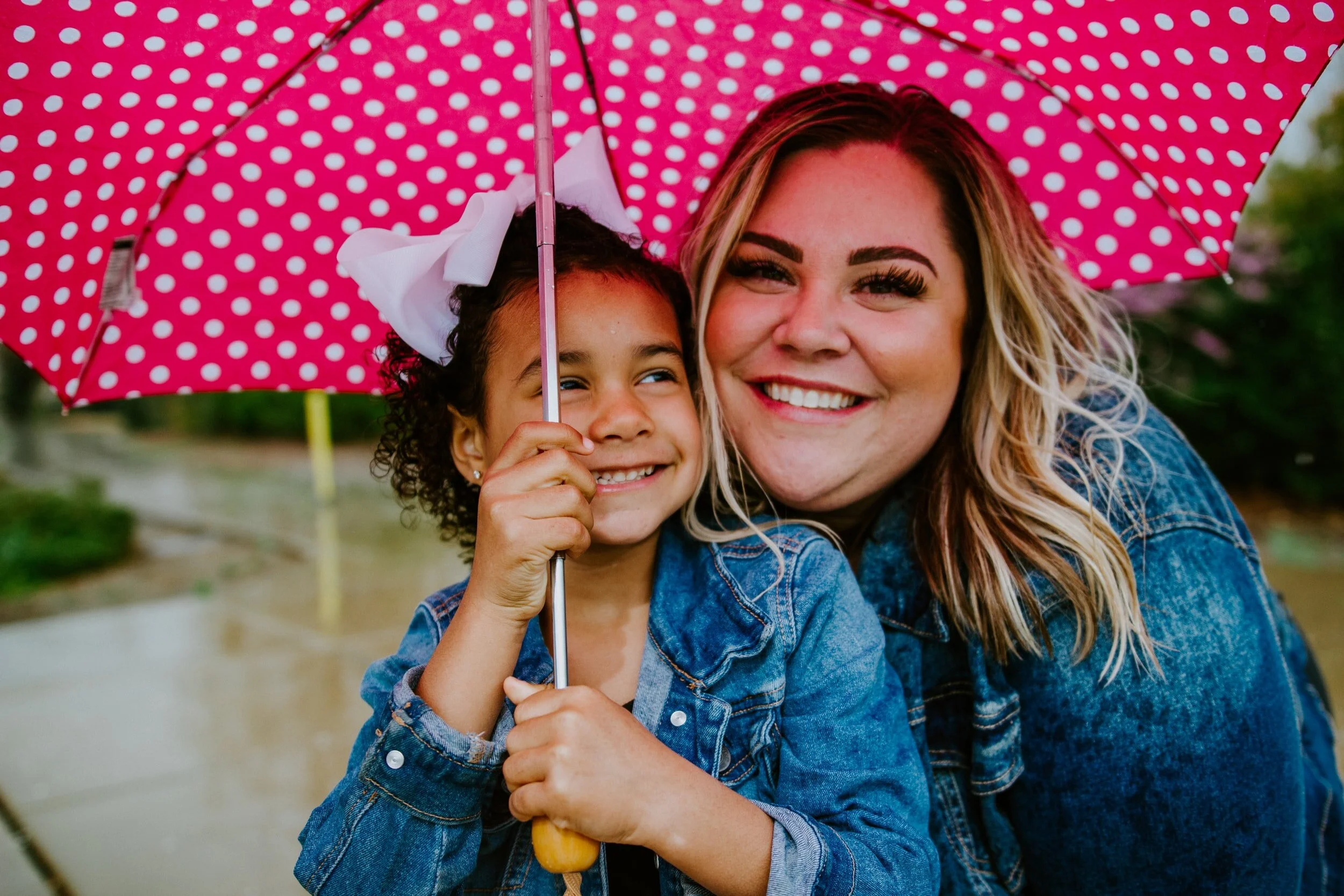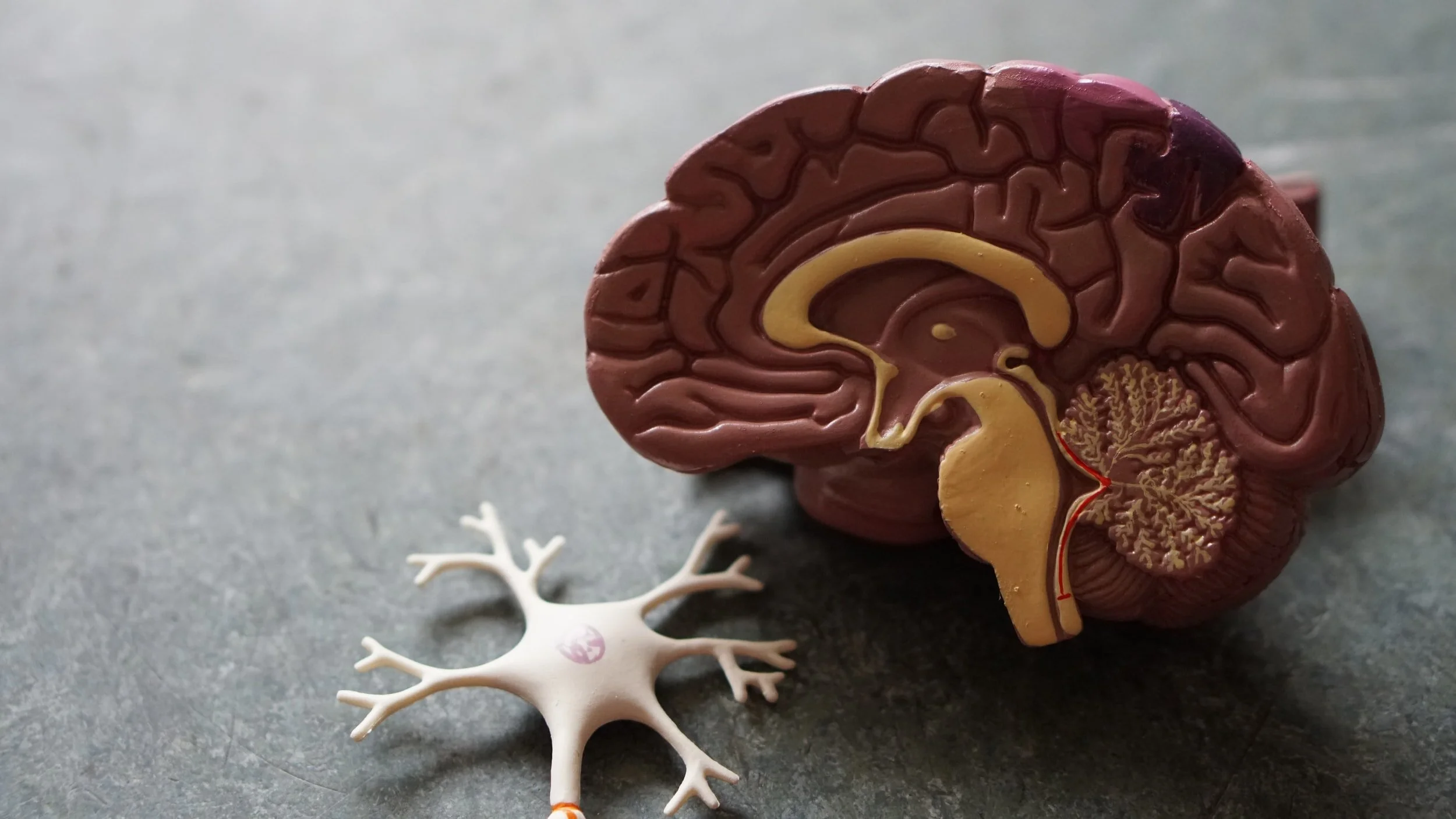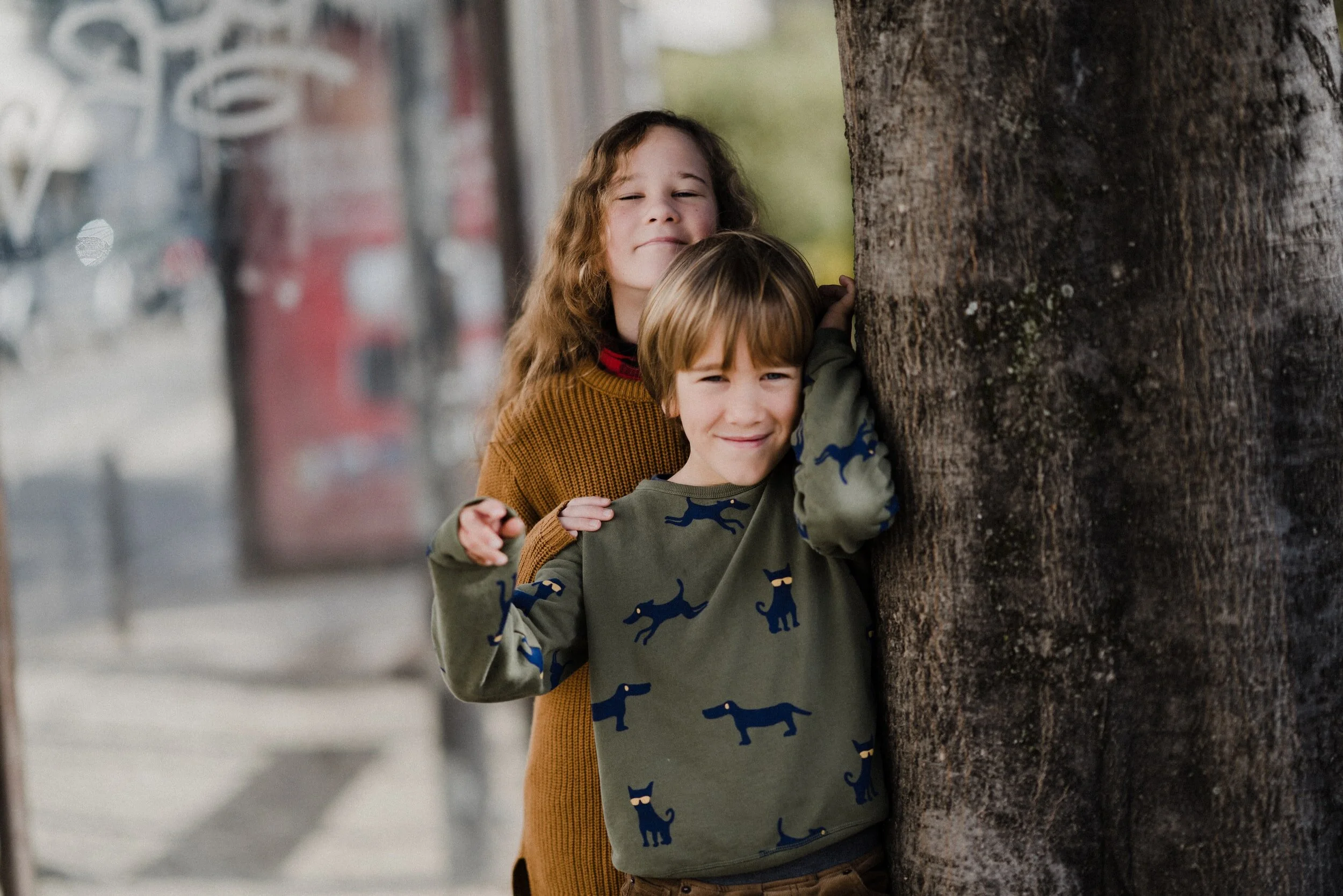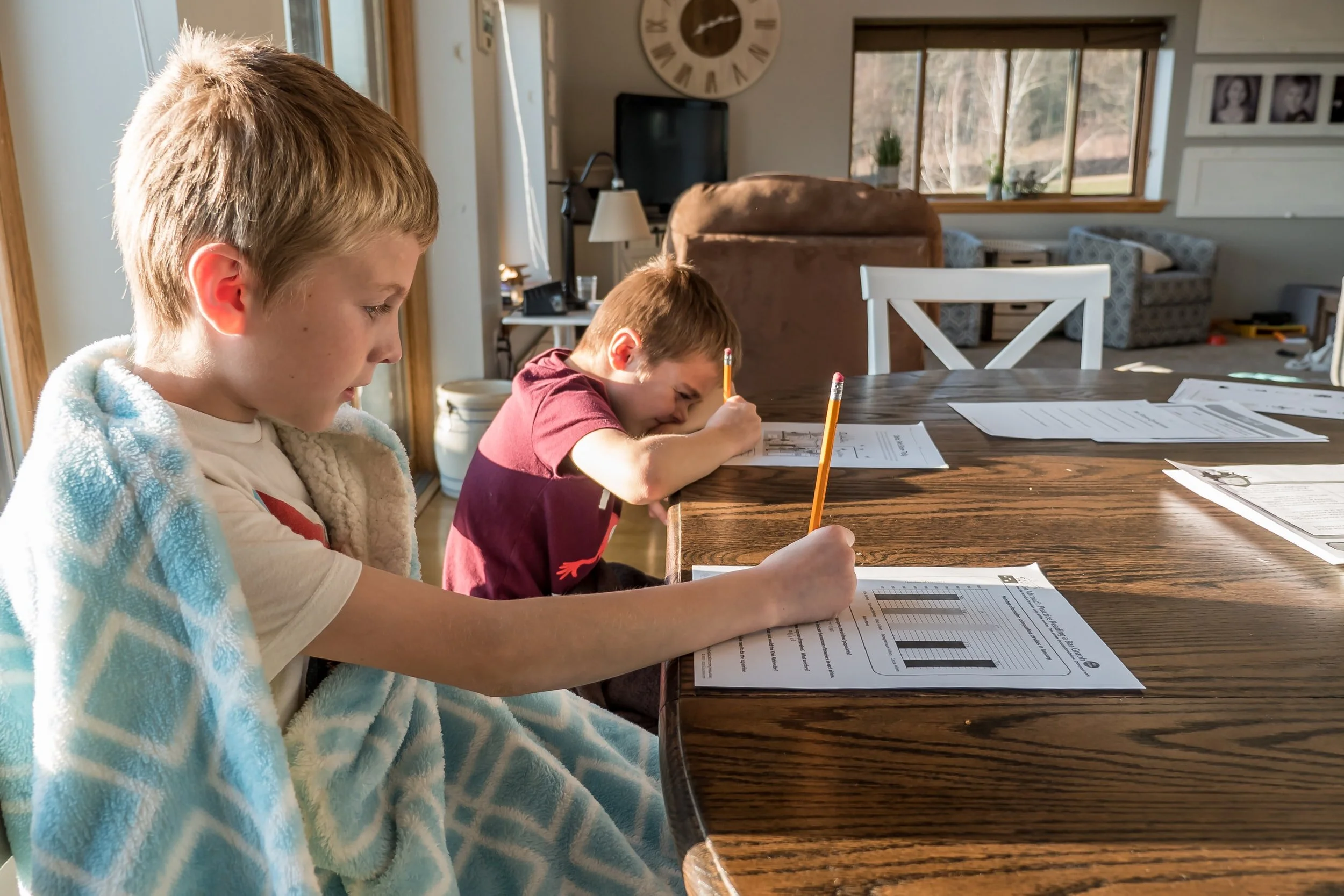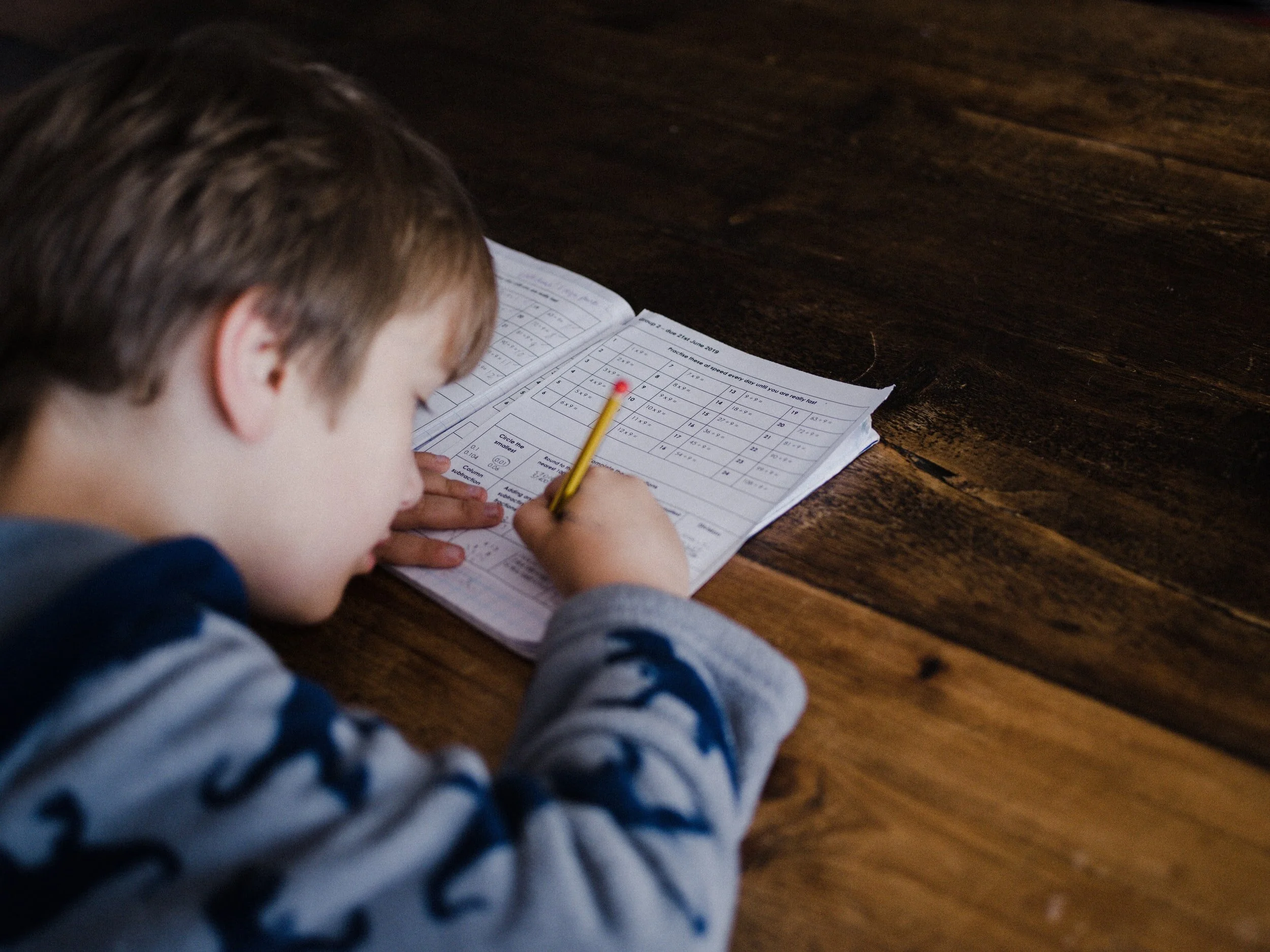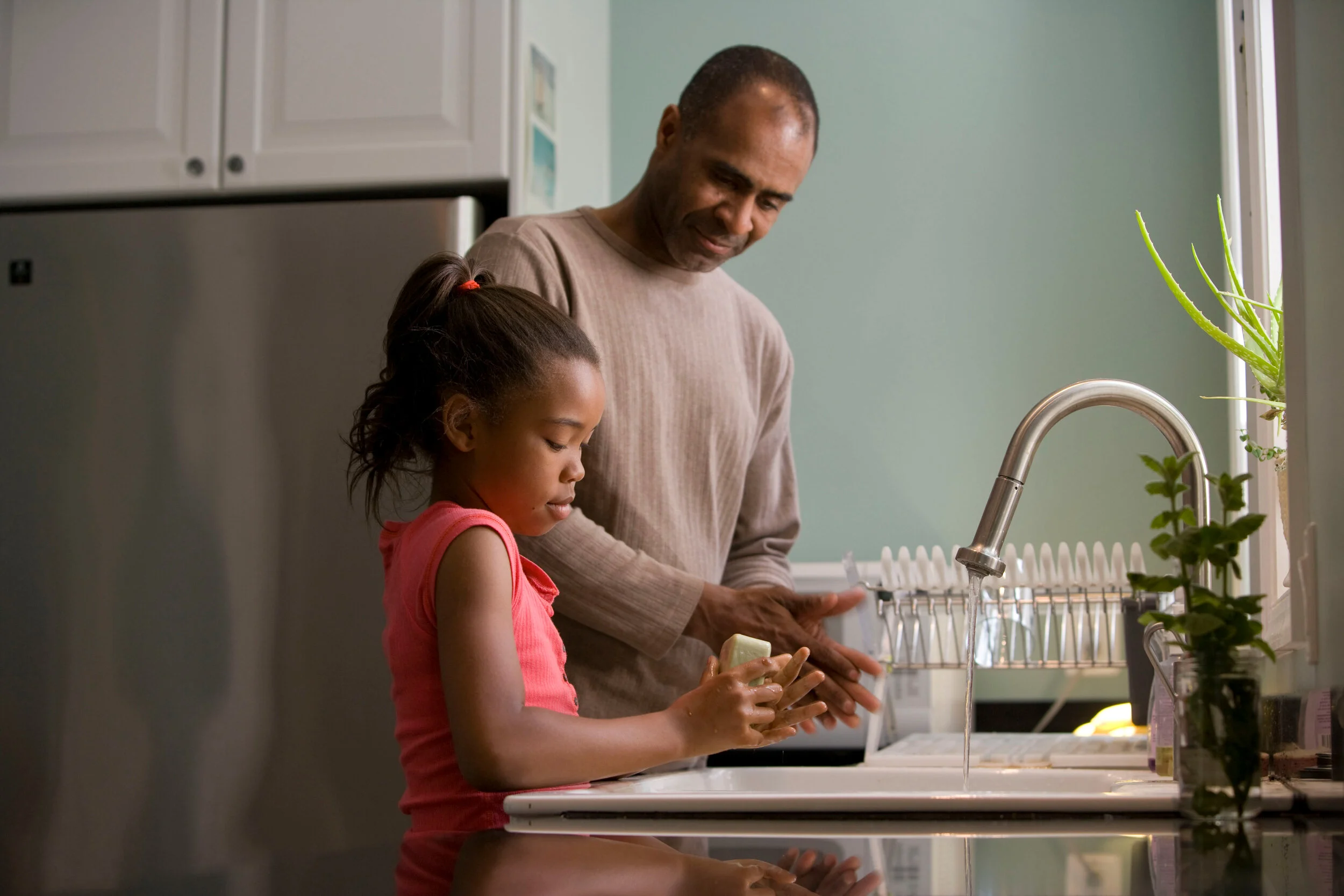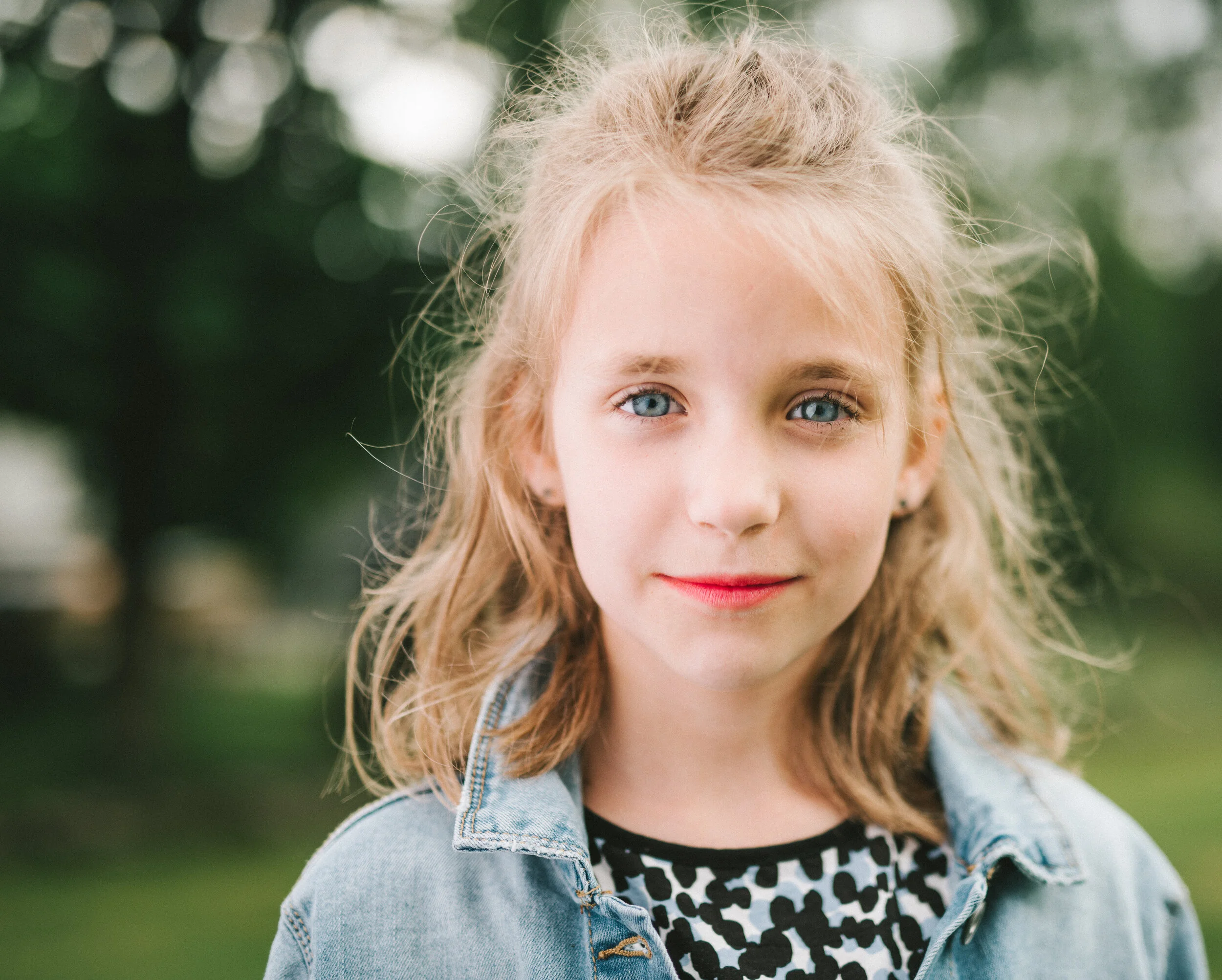Nobody likes throwing up. It’s only natural to want to avoid being sick. But what do you do if you’re the parent of a child who really, really, really does not want to throw up: not now, not ever? Unlike many other common childhood fears (ghosts, clowns, monsters under the bed), anxiety about vomiting can seem pretty logical—at least on the surface. But for some kids, anxiety about throwing up grows past what’s typical and starts to get in the way of daily life.
This extreme fear of vomiting is called emetophobia, and it’s one of the most common phobias experienced by young children. Frustratingly for parents, it can also be one of the trickiest to diagnose and treat!
If it feels like your life is being consumed by your child’s increasing worries about getting sick, there is good news. There are therapy techniques that are proven to help kids with emetophobia get back to living happier, less anxious lives. In this guide, we’ll cover the signs and symptoms of emetophobia that set it apart from a passing childhood phase. We’ll also discuss how it develops, what you can do to support your child, and how therapy can help.
How Do I Know if My Child Has Emetophobia?
Children with emetophobia have a fear of vomiting that goes above and beyond the discomfort a person would typically feel about throwing up. It’s common to be nervous about throwing up during an illness, but kids with emetophobia are preoccupied by their worries all the time, even when they’re healthy.
If your child has emetophobia, you may notice them going to great lengths to avoid places, activities, or things that they associate with throwing up. You might also observe your child repeatedly saying or doing things that they think will make it less likely that they’ll get sick.
Most people with emetophobia start developing their fear in early childhood: the average age of diagnosis is around 9 years old. While kids of any gender can have emetophobia, it’s more commonly diagnosed in girls than in boys.
All kids go through phases, and if a child’s worries are just a passing phase they will likely resolve on their own after a few days or weeks. Emetophobia is different. It grows and worsens over time. You may notice that your child’s list of avoidances gets longer and more generalized. For example, rather than staying off one specific rollercoaster where she once threw up, now she avoids all rollercoasters, as well as any vehicle she worries will be too bumpy.
Signs and Symptoms of Emetophobia in Children
Kids with emetophobia experience anxiety symptoms when they start thinking about the possibility of throwing up. To cope with their fear, they may avoid things that they believe could put them at risk of throwing up—even if it doesn’t logically make sense to do this. They might also repeatedly ask for reassurance or repeat behaviors that reduce their anxiety and make them feel more safe from the risk of throwing up. Here are some examples of anxiety, avoidance, and repeated behaviors to look out for:
Anxiety Symptoms:
Overwhelming worries that are hard to control
Panic symptoms, like sweaty palms, racing heartbeat, or shaking
Dread before entering a situation that your child associates with throwing up
Feeling sick to your stomach (anxiety can cause nausea, which sets off a vicious cycle!)
Avoidance Symptoms:
Refusing to eat certain foods, either because your child once threw up after eating them or because your child fears they could cause nausea (too rich, too close to expiration date, etc.)
Staying away from places where your child has previously thrown up or seen someone else throw up
Avoiding activities that could cause nausea, like rollercoasters
Keeping away from sick people, doctor’s offices, or hospitals due to a fear of catching germs
Refusing to take medications that list stomach upset as a possible side effect
Difficulty saying words like “vomit” or “threw up”
Repeated behaviors:
Repeatedly asking for reassurance that they will not throw up
Excessively washing hands
Compulsively checking expiration dates on food or medications
Repeatedly checking for bodily sensations like a gag reflex or stomach pain
Staying close to a trash can or barf bag
Eating slowly, cutting food into small pieces, or otherwise changing eating habits to avoid nausea
If you’re noticing several of these signs or symptoms of emetophobia in your child, check in with your pediatrician or a children’s therapist.
What Triggers Emetophobia?
Like most anxiety disorders, emetophobia is probably triggered by a combination of genetics and stress. There’s no one singular thing that causes emetophobia to occur, and it’s nobody’s fault: there’s nothing you could’ve done as a parent to prevent it.
Anxiety has a strong genetic component and tends to run in families. If your child has biological relatives who struggle with anxiety, there’s an increased chance your child will naturally have a heightened anxiety response, too. Even if nobody else in the family has emetophobia, simply having other anxiety disorders in the family tree can put a child at increased risk.
Even with a genetic predisposition for anxiety, there’s usually some kind of trigger or event that sets a child’s emetophobia into motion. Many children start showing symptoms after getting sick and throwing up. However, it’s also possible for emetophobia to be triggered by seeing someone else throw up, or even just having the sensation of choking or gagging.
These kinds of stressful events could have any child feeling worried or stressed for a little while. But kids who are already anxiety-prone may have a harder time brushing the event off and moving on. Instead, their experience with vomiting sticks with them and triggers recurring worries and attempts to avoid throwing up again.
While unlikely to cause emetophobia, parents may also notice that their child’s symptoms get worse after any stressful life change, like a move, the birth of a new sibling, or starting at a new school.
Do Children Grow Out of Emetophobia?
If you’re in the thick of it with emetophobia, you may be wondering if your child—and you—will have to cope with this debilitating fear of vomiting for life. The thought of a lifelong diagnosis can be a scary prospect: how can you enjoy a happy childhood when you’re struggling this much?
Generally speaking, kids won’t grow out of emetophobia on their own. One a child’s anxiety symptoms are this severe, they need help from parents and professionals to get back on track. In fact, research suggests that kids with emetophobia who don’t receive treatment tend to struggle with emetophobia into adulthood.
There also isn’t great data available (at least that I’ve found) about how many kids with emetophobia are 100% cured of their worries. This is probably because kids with a fear of vomiting often have other forms of anxiety they deal with, as well, like generalized anxiety or OCD.
I realize this all sounds a little hopeless. It isn’t! There’s good news: while emetophobia can be tricky to treat, especially without help, it can get better. Therapy can help kids and their parents gradually face the situations that trigger fears of vomiting, without needing reasssurance or special treatment.
Kids can become more confident in their ability to handle their anxiety on their own. When this happens, worries may not disappear entirely, but they become a passing annoyance instead of a debilitating fear.
How Can I Help My Child With Fear of Vomiting?
Kids with a fear of vomiting absolutely benefit from therapy with a professional. However, if you’re just starting out on this path and still searching for a therapist, there’s a lot you can do on your own to help your child. Parents play a huge role in their child’s recovery from emetophobia. Changing how you respond to anxiety can help your child cope better with their worries and prevent symptoms from snowballing.
The most important thing you can do to help your child with their fear of vomiting is to be mindful of how you are changing or adapting the way you do things to keep your child from experiencing fear. Nobody wants to see their child suffering, and it’s only natural to want to reassure a worried kid or take them away from an anxiety-provoking situation. However, when a child has an anxiety disorder like emetophobia, preventing a child from facing their fear head-on makes symptoms worse over time.
In therapy, we call this accommodation: families learn to change their ways over time to accommodate and “make room” for a child’s anxiety. While this might appear to help in the short term, over time you’ll find the anxiety takes up more and more space. Its list of demands grows: instead of one reassurance, your child may need many. Throwing out expired crackers once may lead to repeated requests to check expiration dates on everything in the fridge.
You may realize that you’re already doing a good deal to accommodate anxiety, and that’s okay. You don’t need to suddenly remove all the supports you’re offering your child. A therapist can help you gradually pull back on accommodation so your child feels empowered to face their fears, rather than overwhelmed by them.
Here’s some other quick tips to support your emetophobic child at home:
Educate your child about their diagnosis: knowing that there’s a word to describe this problem and that many others have experienced it can help a child feel less alone.
Practice daily relaxation skills with your child during calm moments. This can help them better manage overall stress, and will better equip them to use skills the next time they’re anxious.
Listen to and validate your child’s fears, rather than rushing to reassure them that nothing’s wrong. Phrases like “I’d really scared, too, if I thought I was going to throw up in front of all my friends” can go a long way in helping your child feel heard.
Once you’ve validated the feeling, ask your child questions to help them think logically about their fear. For example, how many times have they thrown up at school? Have they felt this anxiety before, and has it correctly predicted that they would throw up? Even if they did vomit, would it really be the end of the world?
Keep an eye on how you’re accommodating anxiety, and be careful not to give in to any more of the anxiety’s demands. You can even try to gradually reduce your accommodating over time by setting gentle limits on how much support you provide your child: for example, offering only 3 reassurances per day.
Is Fear of Vomiting Related to OCD?
There’s a lot of overlap between emetophobia (fear of vomiting) and OCD. For some kids, fear of vomiting may be a standalone phobia. For others, however, it can be part of a bigger picture that includes other symptoms of obsessive-compulsive disorder.
Children who have emetophobia without OCD may have a more straightforward fear of vomiting. While they’re likely to avoid situations that could prompt them to throw up, they’re less prone to associating things with throwing up in a superstitious or illogical way. As an example, a child without OCD might avoid hanging upside down or riding a tilt-a-whirl, but they probably wouldn’t think twice about wearing the same outfit they wore the last time they got sick.
On the other hand, kids who fear throwing up due to OCD are more likely to make these kinds of mental connections, and avoid anything that feels somehow linked to a time that they or someone else threw up. You may also notice more compulsive behavior from your child, such as repeatedly checking labels, frequent handwashing, or needing to keep a trash can or bucket nearby.
If you look at your child’s overall history, you may notice that their fear of vomiting is part of a larger trend: maybe they’ve had other intense, recurrent fears in the past that have also resulted in needing to repeatedly say or do things in a certain way. This is also a good sign that OCD could be a better, more helpful diagnosis for a child’s struggles.
Either way, OCD and emetophobia have a lot in common: they both involve recurring, uncontrollable worries as well as repeated behaviors to manage the anxiety. Because of this, the same therapy techniques that work well for OCD can help kids with emetophobia feel better, too.
How Do You Treat Emetophobia in Children?
Some common child therapy approaches, like play therapy and traditional talk therapy, may not work particularly well to help kids with emetophobia—at least not on their own. Kids with emetophobia need more than just a listening ear to help them express their feelings. They also need someone who can help them gradually face their fears, so that they can prove to themselves (and their anxiously wired brains) that things are rarely as bad as they seem.
Exposure and Response Prevention, also called ERP, is a special form of therapy that was designed to help kids with obsessive compulsive disorder tame their recurrent worries and break the cycle of compulsive behaviors that go with them. It’s a version of cognitive behavioral therapy (CBT), which teaches anxious people to use specific coping skills in the present, rather than spending a lot of time understanding the past.
In ERP therapy, you and your family might learn the following skills:
An understanding of how anxiety works in the brain
Relaxation techniques to physically calm down your body
How to notice and “talk back” to anxiety when it gives you exaggerated or illogical worries
How to support your anxious child without giving into their anxiety’s demands
Strategies to gradually face fears, starting small and working your way up, without avoiding or trying to “fix” the anxiety
How to prevent anxiety from spiraling out of control in the future
While treatment won’t solve your child’s emetophobia problems overnight, it can absolutely help in the short-to-medium term. Families who attend therapy regularly and follow up with at-home practice often notice significant improvement in a matter of weeks or months. Importantly, therapy also helps kids to maintain their progress over the long-term, making it less likely they’ll need to return to counseling in the future.
Therapy in Charlotte, NC for Kids with a Fear of Throwing Up
If you’re in the Charlotte, North Carolina area and looking for therapy for emetophobia, I may be able to help. I’m a children’s therapist who specializes in helping tweens and teens navigate life with anxiety. As you’ve probably guessed by the length of this blog post, I spend a lot of time thinking about anxious kids and what we can do to make their lives easier.
I got trained in ERP and CBT therapy for anxiety and obsessive-compulsive disorder due in part to my own experiences with childhood OCD. These are the therapy approaches I wish I’d had access to growing up, and I hope they can help kids like yours feel better faster.
My child therapy office is located in Davidson, convenient to families in the Lake Norman area or North Charlotte. If you can’t manage the commute, I also see children for online therapy and find this format works really well for many middle and high schoolers. If you’re even further afield, I can work with families throughout the states of North Carolina, New York, and Florida. I also have an online coping skills course available for download wherever you live.
Ready to get started? Contact me here.


